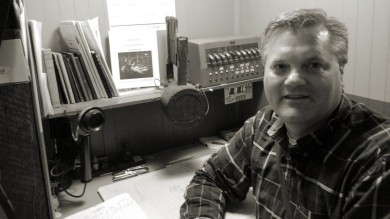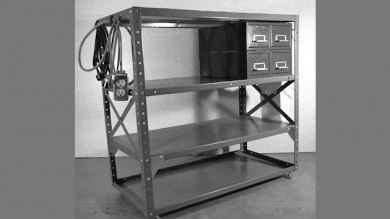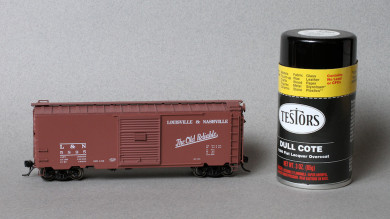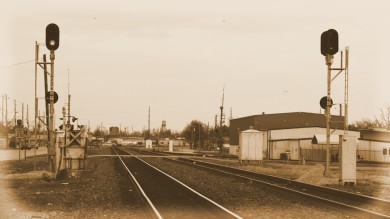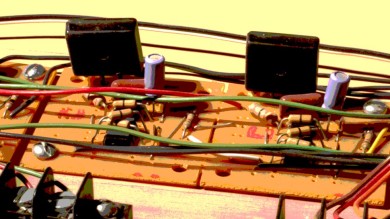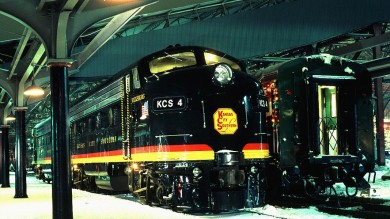Model Railroading Blog and News
Dispatcher’s Desk 3
One of the most important aspects of operation is that it requires research in order to operate in a prototypical manner. This theme will be repeated, often! In order to operate well, the prototype must be studied. Once the era is determined, look at the railroad that you are either m...
Read MoreBuild “Roll-Arounds” for Your Layout
While working in your train layout, it becomes a problem of where to lay tools and materials being used on the layout. I used a standard set of steel storage shelves to make "roll-arounds." ...
Read MoreMay 31, 1997
Comments are off
More Cheap Tricks – Pressure Cooker
The one thing which deters from the realism of any model railroad is shiny surfaces. The easiest way to remove that shine is to overspray the structure or rolling stock with Dullcote. I have had people tell me they don't like to use the small cans because it comes out in an uneven spr...
Read MoreEasy Block Detection and 2-Color Signals | Part 3: 2-Color Signals
Model railroad signals typically provide protection against running into an occupied block or running through an improperly aligned turnout. Most model railroads can be signaled using three types of signals: a one-headed block signal, a two-headed interlocking signal, and a one-headed...
Read MoreDispatcher’s Desk 2
In order to operate well, a number of important factors must be considered. These factors, which I have borrowed from Allen McClelland, set the stage for your railroad, flavor the pike and exert influence over decisions concerning the railroad. Consider these factors when planning a m...
Read MoreEasy Block Detection and 2-Color Signals | Part 2: Step by Step Assembly Instructions
Step-by-step assembly instructions for a block detector with built-in delay and logic for 2-color signal indication....
Read MoreEasy Block Detection and 2-Color Signals | Part 1: Detection Systems and Circuits
An overview of model railroad detection types and a method of detection using an optoisolator....
Read MoreMore Cheap Tricks – Removing Overspray from Glue Joints
Low Cost Tips to Improve Your Railroad Modeling Ever notice that solvent based styrene glues will remove paint? Why not turn this undesirable condition into an easy paint removal method! Many of us paint our structures using various spraying methods. The results are very gratifying bu...
Read MoreKansas City Southern Railfan Guide
text and photos by Brad Joseph, MMR originally published in the Winter 1997 Caboose Kibitzer If any of you are like me, the recent cold weather has you daydreaming about springtime railfanning trips. Nice warm sunshine, beautiful scenery, and a good railroad adventure will certainly s...
Read MoreCopyright © 2025 Gateway Division NMRA. All rights reserved. | Website Info | Legal Notices

